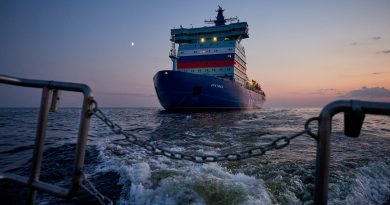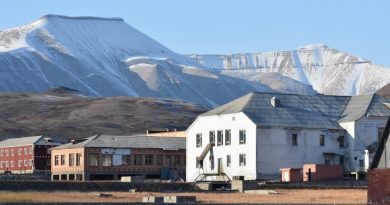Moscow plans extractive industry boom and thousands of jobs for Arctic town of Dikson
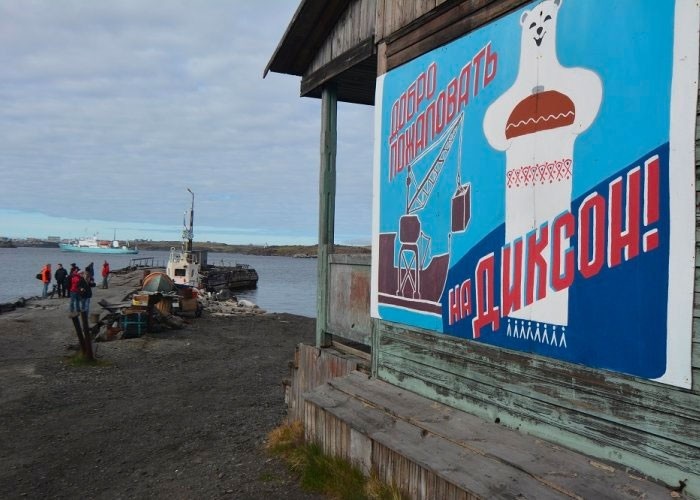
A fancy document presented by a group of consultancy companies outlines billions of rubles of investments in upgraded infrastructure and building of new hotels. But on top of the wishing list of the local population is proper healthcare and housing.
The small town located on the coast of the Kara Sea has been given a key role in Russia’s ambitious plans for the Arctic. Dikson is to become a base for management of shipments on the Northern Sea Route and a hub for the quickly developing extractive industries in the Taymyr region.
Recently, a consortium of consultancy companies presented a ‘master plan’ for the town. The document that was commissioned by a government ministry in Moscow outlines big investments and a shiny future.
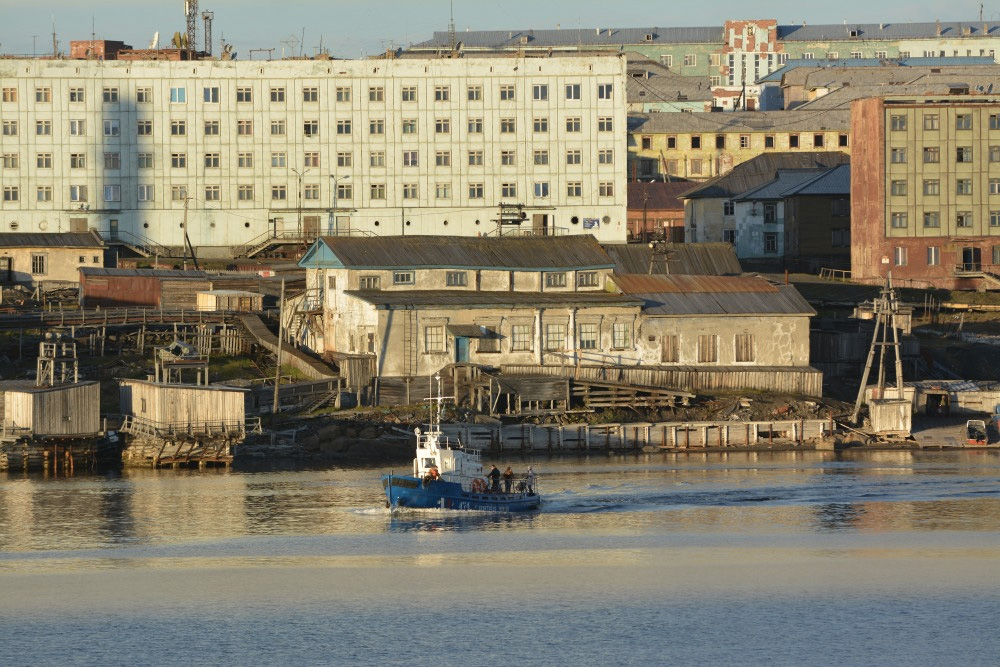
But the grand plans might not correspond with the desires of the local population. Judging from a local poll, the people of Dikson first all want better healthcare and an upgrade of the dilapidated housing.
The ‘master plan’ outlines more than ten billion rubles (€100 million) in the building of service bases and terminals, six billion (€60 million) for upgrades of the local airport and 4,5 billion in the building of two new hotel, among them one high-standard so-called ‘boutique hotel.’
The investments are to facilitate operations of Russian rescue and preparedness authorities supporting shipments on the Northern Sea Route. They will also allow industrial companies to use the local infrastructure for their expanding activities in the region.
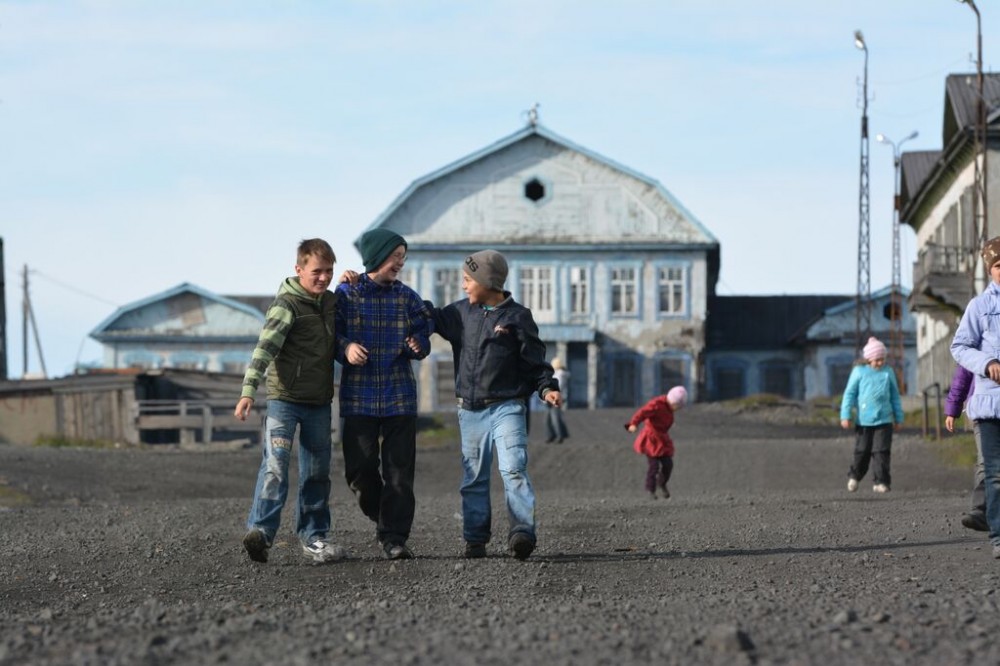
In the scenario of the Moscow planners is an increase in the local population from today’s 309 to about 900 by year 2035. But it is not the locals that is the prime target of the document. Over the coming years, several thousands of commuter workers to the industrial projects now unfolding in the Taymyr region. And many of them will have to travel through Dikson.
The ‘master plan’ describes more than 2,000 workers that are employed in the gold mines of nearby Bolshevik Island and travel through the airport of Dikson. In addition comes a big number of workers that will be employed in several more industrial projects in the region.
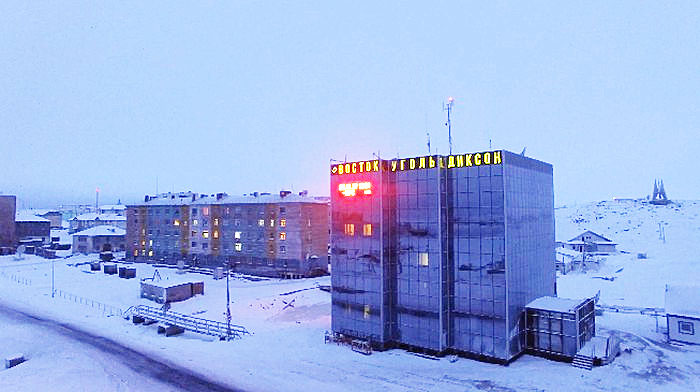
Coal company Severnaya Zvezda is in the process of building the Syradasayskoye mine that ultimately is to produce more than five million tons of coal per year. A working village with 5,500 square meter of housing space is already built and the 56 km long road that connects the coal mine with a new seaport on the Kara Sea coast is ready.
A few kilometers further south, oil company Rosneft is building its Vostok Oil, one of the biggest industrial Arctic projects in modern-day Russia. It will include major new infrastructure, such as working villages, a new airport, roads, pipelines and seaports. More than 50 license areas in the Taymyr Peninsula are part of the project that ultimately is planned to produce more than 100 million tons of oil per year.
Related stories from around the North:


